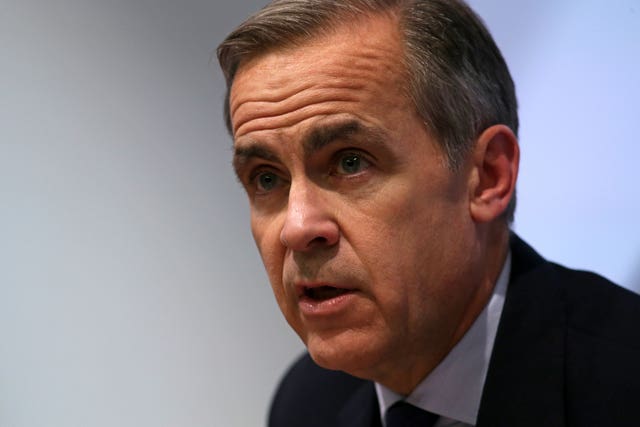
The Bank of England made £10 million of purchases without following proper procedures and has 800 desks sitting empty at its Threadneedle Street offices, an inquiry into its costs has revealed.
A probe by the National Audit Office (NAO) unearthed 200 purchases above £25,000 that were made without staff consulting the Bank’s central procurement team in the year to December 2017.
The spending watchdog said savings of up to £200,000 could have been made on £2 million of these purchases.

The NAO report also found that 800 desks are allocated but sitting empty at the Bank’s headquarters on any given day, while it has more than 700 job titles, which it said is creating unnecessary complexity.
The report comes less than a week after the Bank announced changes to its expenses policy after MPs slammed “staggering” costs run up by officials, including more than £11,000 spent on one flight.
The NAO said the Bank would need to “transform” the way it operates the central services function to continue meeting its self-imposed target to cap annual costs at £476 million.
Amyas Morse, the head of the NAO, said: “The Bank of England has rightly recognised that its central services need reform and has started to take action.
“However, the Bank should not underestimate the scale of change required.
“Improvements will only be possible if staff across the Bank are encouraged to embrace a more cost-conscious culture.”
The NAO said the purchases made without consulting the central procurement team largely related to IT costs.
But it found no evidence to show the Bank had asked employees responsible to explain why the purchases were made against staff policy.
The NAO said the Bank has since overhauled its procurement operation and is taking follow-up action with employees in cases of poor compliance.
In its report, it added that the Bank’s central services division – covering human resources, technology, property, procurement, security, and financial management – was also costlier than for other government bodies.
It found costs of the Bank’s human resources were around 15% more, building operation 35% higher and IT support 34% more expensive.
In 2017, the Bank admitted it needed to overhaul is central services function after discovering issues including those relating to manual processes, ageing systems and inflexible reporting.
It has set itself the annual budget cap, while it also now has five projects under way to reduce costs, simplify and restructure the back office function.
The Bank estimates these actions could cut costs by £9 million in 2020-21 and £15 million a year in three years’ time.
In response to the NAO report, the Bank said it “acknowledges the NAO’s conclusion that some systems and processes need to be modernised”.
But it said it had managed to keep its controllable costs with the targeted budget this year, at £474.3 million, despite extra costs relating to Brexit.
Joanna Place, the Bank’s chief operating officer, said: “As a result of a great deal of hard work and commitment from colleagues, we have held our budget flat for the current financial year and aim to do so in the medium-term.
“This is despite the additional demands placed on us as a result of the UK preparing to leave the European Union.”
She added: “Our existing transformation programmes provide a roadmap for how the Bank’s central services will operate in future.
“The recommendations contained in the NAO report will feed into these efforts to update and streamline those functions.”


Comments: Our rules
We want our comments to be a lively and valuable part of our community - a place where readers can debate and engage with the most important local issues. The ability to comment on our stories is a privilege, not a right, however, and that privilege may be withdrawn if it is abused or misused.
Please report any comments that break our rules.
Read the rules here